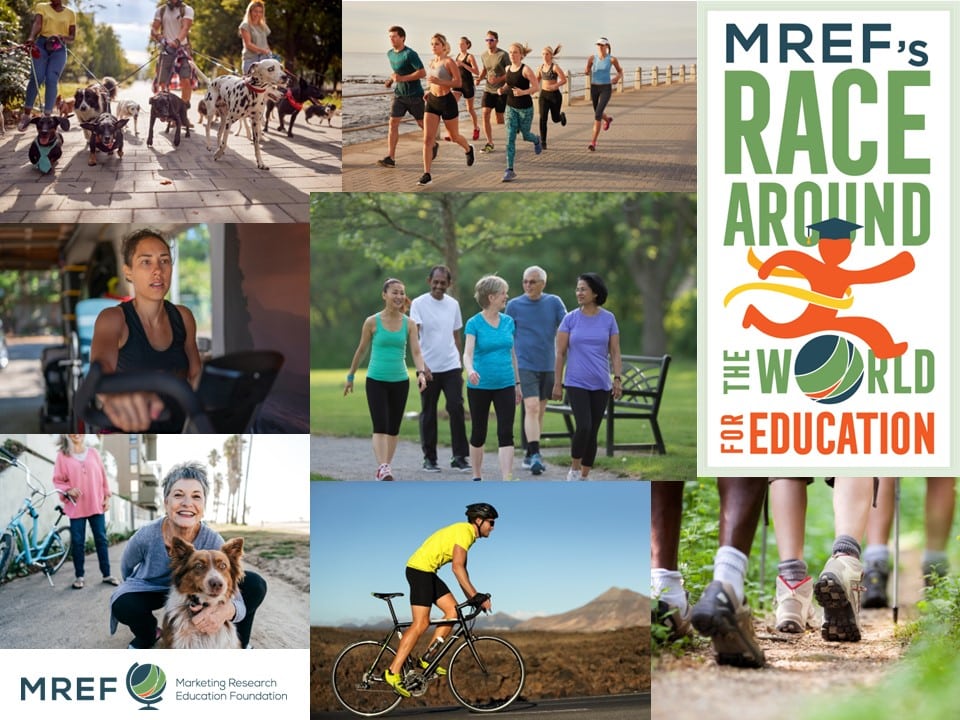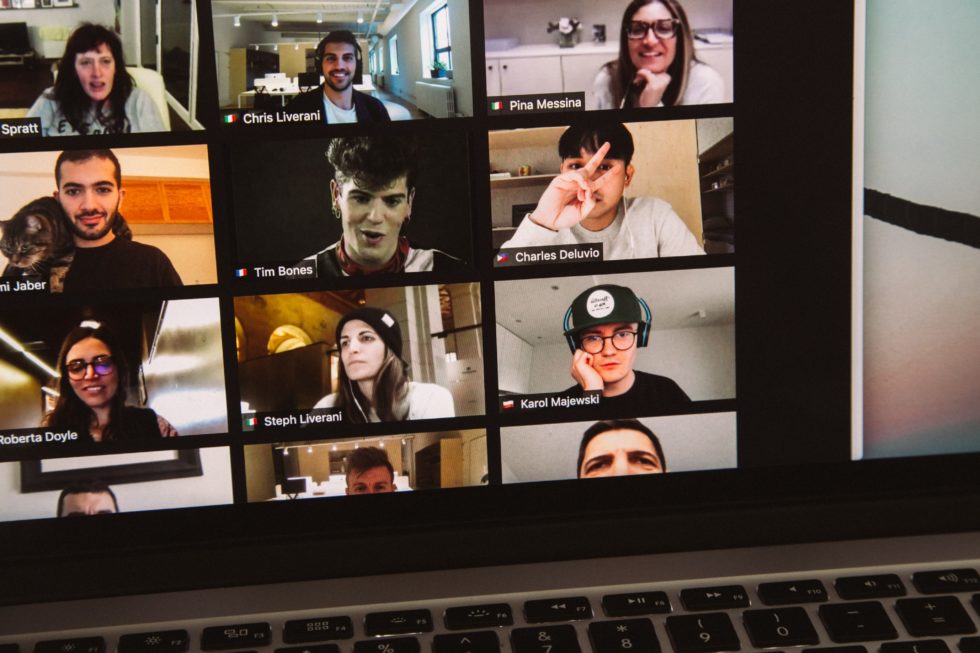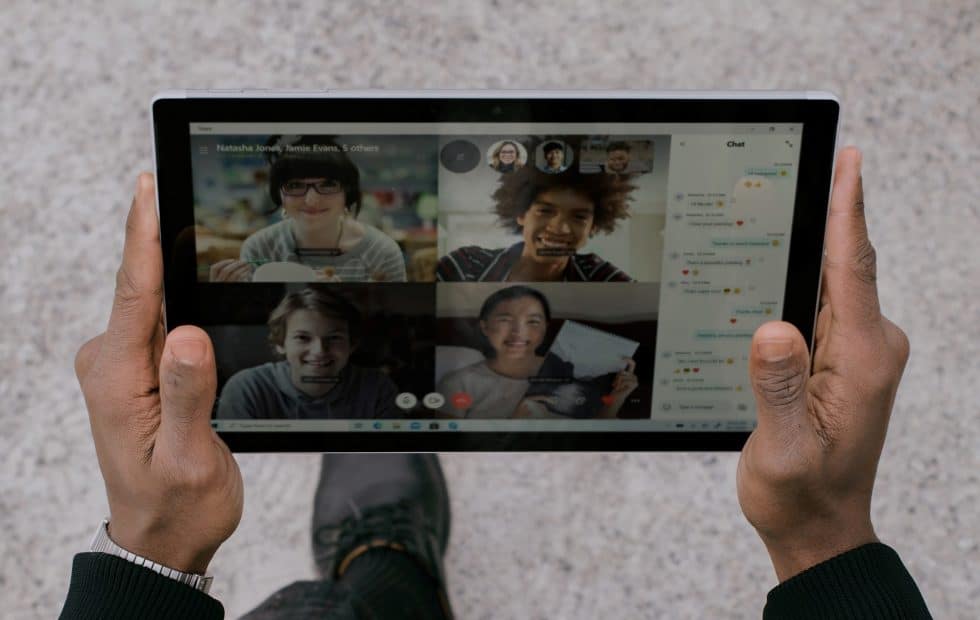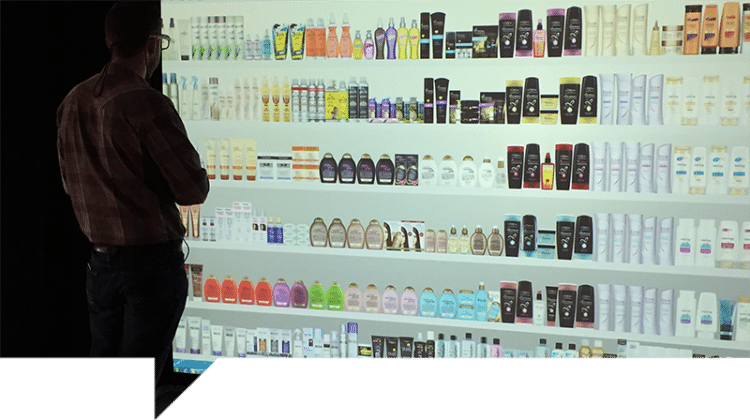In times of constant change and qualitative data analysis is certainly experiencing constant change two things are vitally important.
It’s crucial to keep your eye on what is changing the new opportunities, technologies and ideas that are springing up. It’s also crucial to keep a place in your thinking for what has not changed the basic principles that consumer research rests on.
Fresh insight, representative recruitment, best operational practice, and data quality are no less important because methods are in flux. In fact, they’re more important.
They’re the thread of continuity which lets you know you’re delivering the best insight and outcomes for the companies you work with.
If new methods can’t help you improve on these benchmarks, it’s not worth spending your valuable budget on experimenting with them.
Fortunately, many new methods can, and there’s more activity at the cutting edge of online qualitative research than ever.
The Digital Evolution
Before we dive into that activity it’s worth a recap of the last few years to understand why and how digital qual is changing so much.
You’ll hear a lot of people say that COVID-19 changed everything. It would be truer to say that the Covid pandemic accelerated everything.
The pandemic put a temporary halt to traditional face-to-face methods and forced a large-scale shift to online qualitative research.
However, the pressure to embrace digital qual existed well before 2019. The core functions of online insight platforms were already tried-and-tested by 2019, and machine learning and qual-at-scale were developing fast.
What the pandemic changed more than anything was a rethink of the old qualitative dogma that digital research could never deliver the nuance and depth of face-to-face work.
As billions became more familiar and comfortable with video call technology it was obvious that remote video could actually deliver the kinds of deep, human communication great qualitative work relies on.
Hybrid Research Methods
So as hybrid work comes to be a working norm, it’s no surprise that hybrid qual is, too. Projects and even individual groups mix video call technology with face-to-face research, just like hybrid meetings do.
The watchwords here are reliability and smoothness. You can’t let technical glitches or tricky user interfaces break the flow of your meeting.
Platforms like Forsta, which specialize in this kind of hybrid online/face-to-face work also offer suites of analytics, editing and content management tools to draw the maximum insight from these groups.
Digital Platform Benefits for Qualitative Data Analysis
Most of the innovation in digital qualitative research is happening on purely online platforms, though. The range of start-ups and new offers in the sector is huge and difficult to sift through.
It’s all too easy to be wary of the wild claims being made. It can be useful to simplify things and think of digital qualitative platforms as offering three broad benefits.
- They can save time, by automating or cutting out steps in the qual process that require a lot of work, like transcription, translation, curation, and editing.
- They can produce deeper insights by helping users do parts of the process better. Often this involves machine learning or unstructured data analysis, or data integration with other non-qualitative insight sources like sales or CRM data.
- Or they can create new insights by doing things it was simply not possible to do any more this is what the “qual-at-scale” sector, which creates custom qual data using hundreds or thousands of participants rather than dozens, is promising. It’s also where the predictive end of machine learning and AI fits in.
If a new provider or platform can credibly promise one or more of these, they’re worth looking at.
Automation Tools Save Time
Tools that automate research and save time are the least glamorous area though can often be the most useful. Platforms like Qualie specialize in large-scale video analysis, tagging and search, which have all improved hugely since the pandemic made front-facing video content the standard mode of online qual.
Improvements are still happening for instance algorithmic tools that can go beyond simply searching video data for relevant content while also editing it automatically to turn it into verbatim clips and quotes.
It’s now common for digital qual platforms to incorporate some level of machine learning and NLP (Natural Language Processing) to analyze data.
New start-ups specializing in this continue to launch, though the improvements in technology here are mostly ones of degree. In other words, new tools are becoming better at understanding language, uncovering themes, automatically coding data, and other tasks though these are incremental, not revolutionary leaps forward.
The thing to remember is that using AI as a qual researcher is always a kind of duet between you and the algorithm.
AI is still only as good as the human collaborators who train it and interpret its findings. Curiosity and open-mindedness are still the friends of great qual research, and false certainty is its enemy, something technology will never change.
Large-Scale Qualitative Data Analysis
Finally, the most exciting work in the digital qualitative research space is still being done with qualitative research at scale with tools like Remesh, which allow mass qualitative studies to happen.
Social media used to be described as a focus group with a million people, though as we now know, a million self-selecting people (half of whom are bots) may not be so useful.
A focus group of 1000 people, all able to respond and interact like a Twitch stream with analysis in real time that’s a kind of insight platform researchers have never had access to before.
For that kind of rapid analysis of unstructured data to have value, you need to make sure your inputs are gold-standard, and your qualitative research recruitment is second to none.
Advanced qualitative data analysis and recruitment expertise become more important than ever.
The Future of Research
New tools and ideas are reshaping the sector all the time. What impact, for instance, will AI art have on qualitative NPD research, as participants can bring new ideas to visual life simply by describing them?
The pace of change keeps increasing, and we live in revolutionary times for our industry. Though in revolutionary times, expertise, and a bedrock of quality matter more than ever.


















